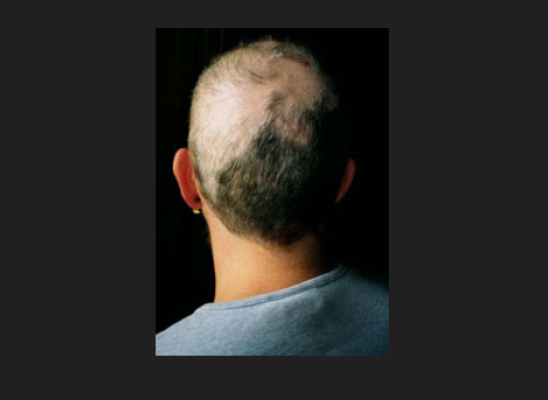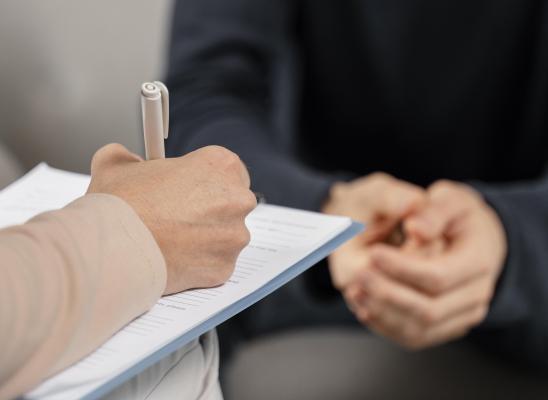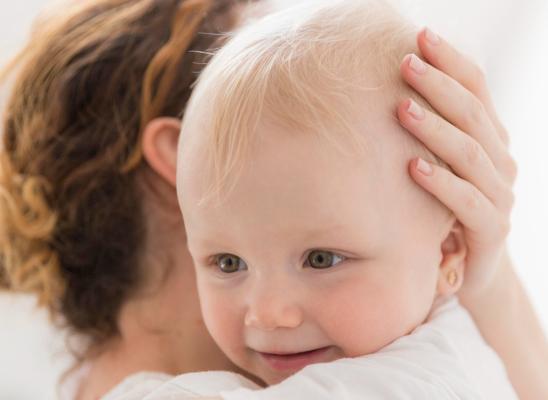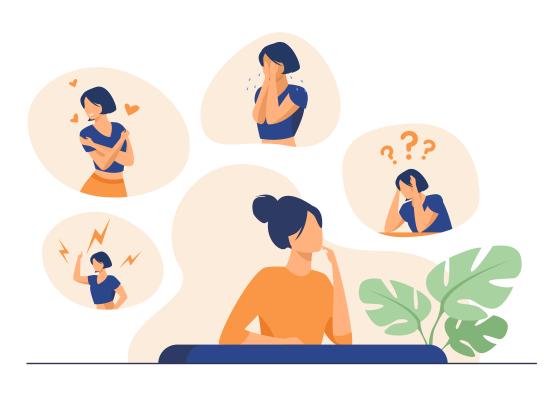Scalp Trichotillomania
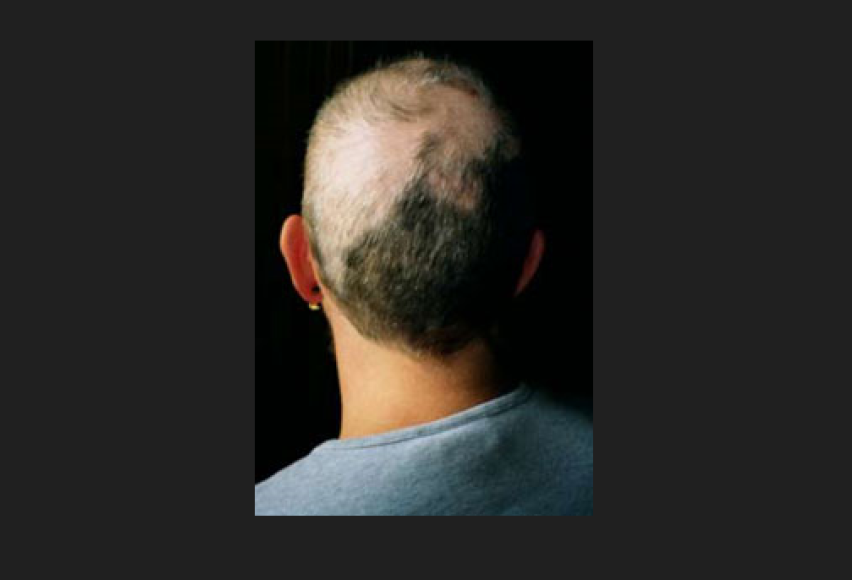
Online test
Find out the severity of your symptoms with this free online test
Trichotillomania or hair pulling disorder is characterized by an irresistible urge to pull one’s hair, and acting on that urge often leads to noticeable hair loss. The resulting hair loss can cause the individual to feel intense guilt and shame, and often impairs social functioning. Although multiple sites of the body can be targeted, trichotillomania is usually confined to one or two areas; the most common pulling site being the scalp, followed by the eyebrows, eyelashes, face, arms, and legs. Children are less likely to pull from areas other than the scalp. The severity of the pulling varies from one person to the next, and may occur chronically, continuously, temporarily, or in bouts.
What Does Scalp Pulling Look Like?
Trichotillomania is a relatively common cause of childhood baldness or alopecia. In a study examining the symptoms of hair pulling in 10 children over a 2 year period, the scalp was affected in 9 out of 10 cases. The frontal scalp and upper surface of the head (also known as the vertex) were the most common sites affected. Repetitive hair pulling of the scalp often results in the development of a circular patch of baldness on the crown of the head known as a tonsure pattern. This is often referred to as the “Friar Tuck” sign. A balding area on the scalp that presents with varying, uneven lengths, broken-off hairs or blunt ends is typical of trichotillomania. It is important to rule out other forms of hair loss before a diagnosis for hair-pulling disorder can be made.
When Does Scalp Pulling Most Likely Occur?
The act of pulling at the hair is usually preceded by an urge, or a generalized tingling or itching of the scalp. The individual may pull out individual strands at the root, or break off pieces of hair resulting in blunt ends and uneven strand lengths. Skin irritation has also been known to occur at the affected areas. Some individuals are known to adopt other ritualistic behaviours in addition to hair pulling such as twisting the hair, counting, ordering, or playing with the bulb roots. Hair pulling from the scalp is often automatic in nature, with individuals often describing their pulling context as times when they are relaxed or idle. For example, may trichotillomania sufferers report pulling when they are relaxing in front of the television, while driving, reading a book, or just as they are about to fall asleep.
What are the consequences?
Constant hair pulling at the scalp inevitably leads to bald patches on the head. If the hairs are pulled out at the follicles there is a possibility that over an extended period of time the hair follicles can be permanently damaged which can lead to more permanent balding. In severe cases scarring of the scalp can also occur. On a socio-emotional level, hair pulling can cause the individual to feel shame and guilt, particularly when bald patches are evident. The person may react by wearing hats and scarves all the time even when not appropriate to the weather or social setting; or avoid social settings where hair loss on the scalp may be visible to others such as wet or windy conditions, or even going to the hair salon. While mild forms of trichotillomania do not often impact on quality of life and are therefore only perceived as a bad habit, there are many instances where the behaviour is so severe that it negatively impacts the person’s ability to engage in meaningful occupations and therefore on overall quality of life.
Online test
Find out the severity of your symptoms with this free online test
Start your journey with TrichStop
Take control of your life and find freedom from hair pulling through professional therapy and evidence-based behavioral techniques.
Start Now
